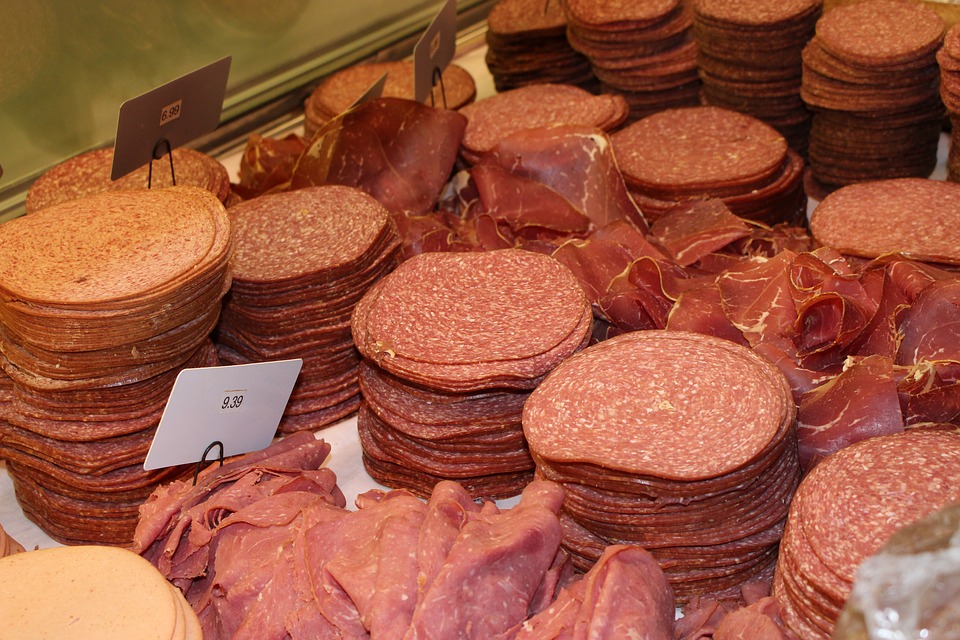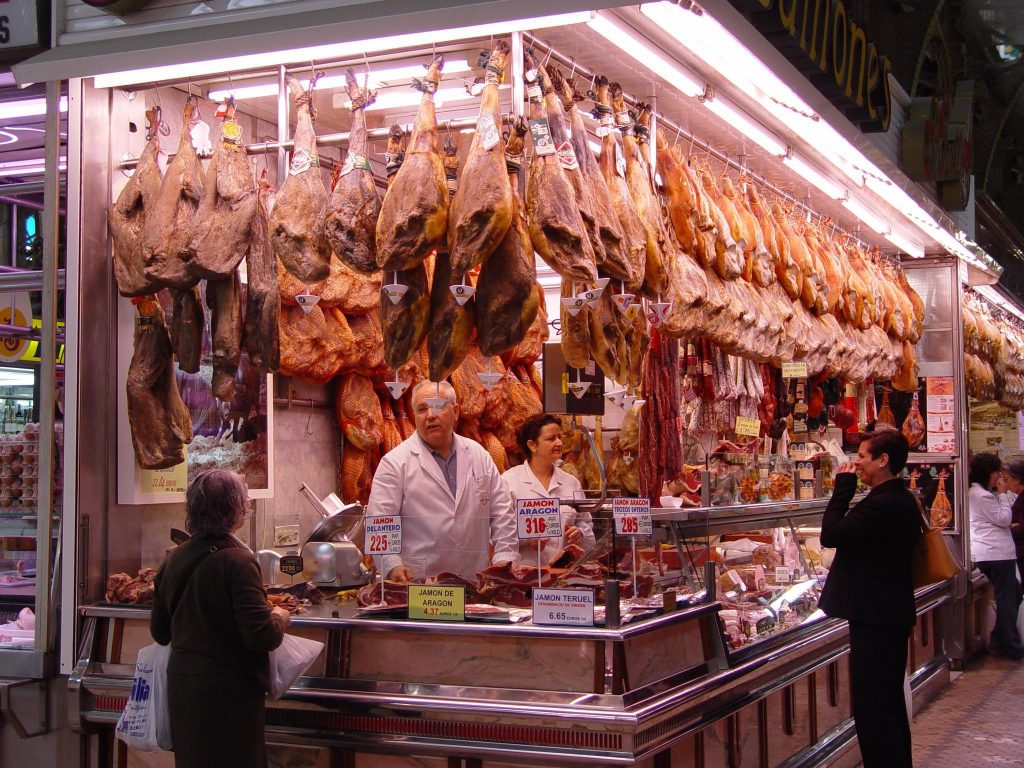Bones marrow, offal, cartilage, and other “low pieces” do not have much popularity in our kitchen.
We fear what crunches and resists under our teeth, and even more so what is sticky.
I was recently thinking about the sad fate of the brain. But the liver, the kidneys, the pig’s feet are barely better. The ham must no longer have a rind, and meat must no longer have fat and even less jelly. We are disgusted by the guts, the gizzards.
As a result, the “low pieces” no longer sell as much as the better pieces like the breasts or legs.
Consequently, the low pieces are offered to processed food manufacturers.

They are recycled by the agri-food industry, which slides them, making them look like “noble” pieces, into dumplings, canned sausages, and other processed meats and animal food.
Often consumer associations criticize these foods, and investigative journalists smuggle into factories to film these practices, which are presented as shameful.
But, throwing them in the garbage would be a huge environmental waste. And that’s a nutritional mistake.
What’s good about chicken nuggets
Scientists at the University of Mississippi analyzed chicken nuggets. They found that more than half of the protein comes from blood vessels, nerves, connective tissue, skin, and viscera, all beneficial to your health! Connective tissues are very rich in collagen, making nuggets much more nutritionally interesting than if they were made only of muscle meat.
However, not all chicken nuggets are good because of the “oxidized fats, additives, and sugar by some profit driven food manufacturers.
What’s good about the “bottom pieces”

→ Bones, cartilage, skin, and everything known in anatomy as “connective tissue,” i. e. all the ligaments, tendons, and tissues that allow organs to hold together, are rich in collagen, glycine, and proline. These foods are a source of protein, vital for your bones, skin, and joints, especially cartilage.
Good for health: People with arthritis, osteoarthritis, osteoporosis need to eat more of these foods.
The bottom pieces make the best broth.
Put in simmering water, the bones, carcasses, cartilage, and skin of animals, usually poultry or beef tail, are mixed with vegetables, garlic, herbs, and salt to get a delicious broth.
The broth is eaten as it is or as a base for soups or sauces. Also, the broth is rich in nutrients suitable for the immune system and very well accepted by the digestive system.
Bone marrow
For animals
The nutritional importance of marrow is enormous. It is evident when we observe carnivorous animals competing in nature to recover the marrow. Dogs are famous for their efforts to break bones with their fangs. Vultures release bones from great heights hoping that the bones will break on rocks to provide them a feast.
For humans
People were aware of the nutrients hidden in hollow bones in prehistoric ages: they used stones to crush bones to recover the marrow.
Liver
The liver is low in fat and is a good source of protein (about 20%). It is very rich in vitamin B9 and all group B vitamins.
It is also an excellent source of vitamin A, which is essential for good vision.
The liver, heart, and kidneys are an excellent source of bio-assimilable heme iron and contain a lot of copper and selenium.
They are the ones who make the best pâtés, but offal can also be fried, seasoned, and eaten with a green salad.
Tripe
Tripe is none other than the viscera (stomach and intestines) of animals like chicken, beef, sheep, pork, etc. They have a particular nutritional interest, especially for people looking to lose weight. They are weak in calories and all other dietary contents! You can try countless gastronomic specialties with Rumen, Reticulum, and Omasum tripe, to name just a few.
Beef tail broth
The beef tail broth is a culinary specialty that has fallen into disuse. However, you can produce an excellent brew to value very delicious meat that would otherwise be thrown away.
An animal’s tail is an extension of its spine. It is therefore structured around the vertebra, and the butcher sections are between each vertebra. You can then brown these sections in a frying pan before boiling them with seasoned vegetables (see on the Internet for countless recipes).
The vertebra contains marrow and collagen, surrounded by pieces of flesh that will soften during cooking. You can drink the broth as a starter, then eat the remnants of the beef tail with boiled vegetables, coarse salt, capers, and fine Dijon mustard. It is the ideal winter dish.
And finally, let’s admit, it would be a waste to throw organ foods away. It is a world of flavors, complex and stimulating textures, of which we would be depriving ourselves. All in all, organ foods are good for you. However, the bone marrow does not always come from healthy animals raised and fed in their natural environment. That is why it is preferable to buy from a butcher that sells organic food.
Hope you have liked this post. Remember to jot down your comments in the section below.


